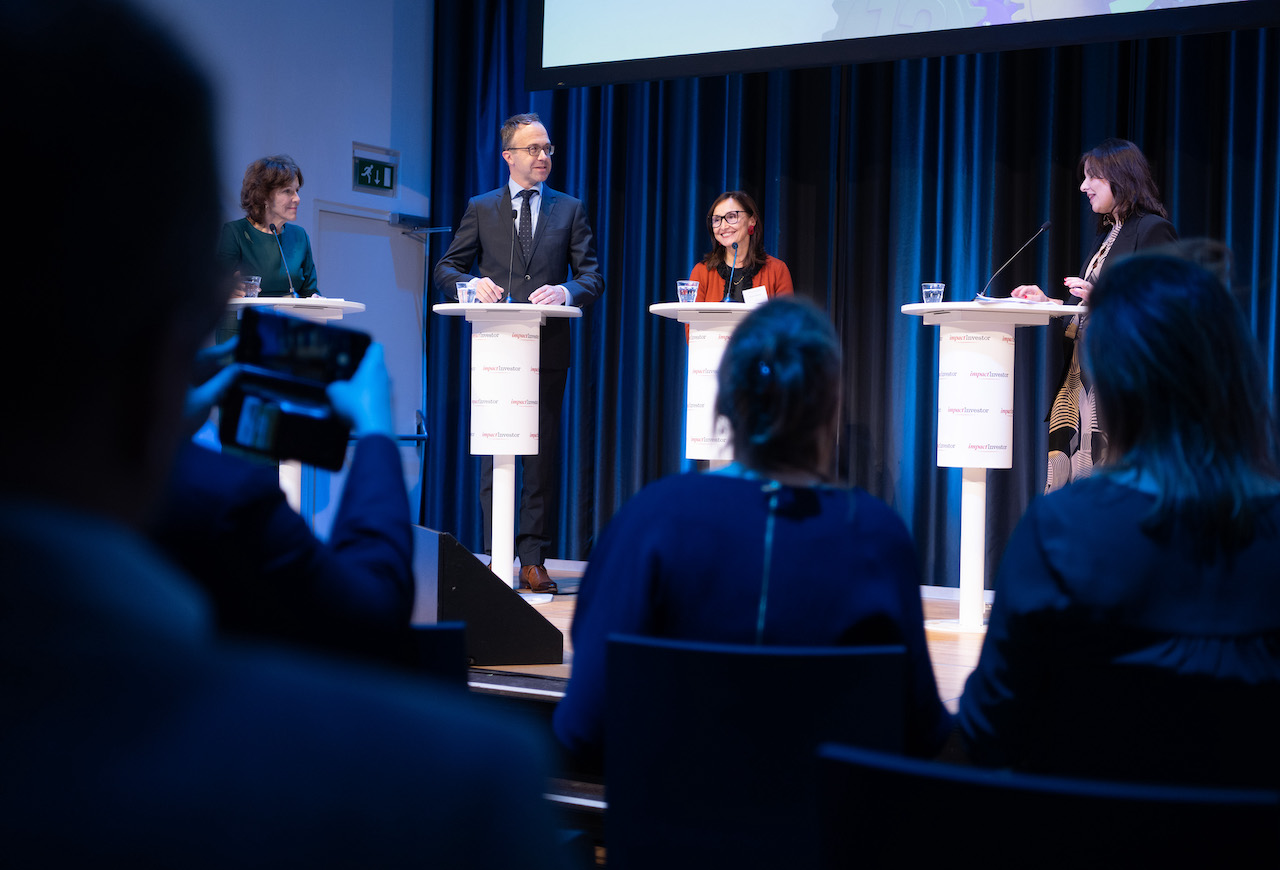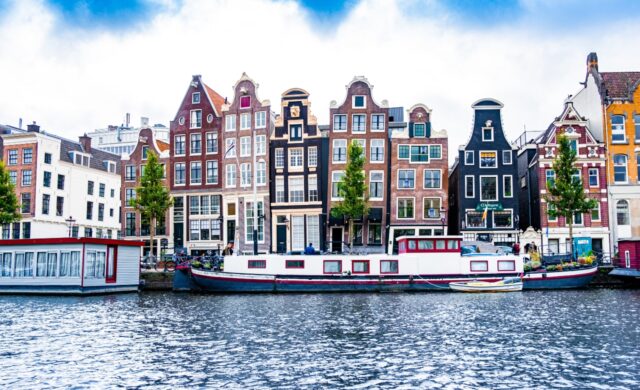Big capital is gradually entering the impact investment space but is it translating into big impact? One of the many key issues at debate at last week’s Impact Investor Conference in Amsterdam.

The size of impact investing market has surpassed the $1 trillion mark, according to the latest figures from the Global Impact Investing Network (GIIN). “A significant milestone”, according to Wouter Koelewijn, senior advisor, Europe, at the GIIN.
During a panel discussion at last week’s Impact Investor Conference in Amsterdam, Koelewijn added that this figure represents only a tiny percentage of the total global financial sector and it is far from what is needed to achieve the UN Sustainable Development Goals by 2030.
So what is needed for the market to grow further? Work needs to be done at the demand side, as well as at the supply side, Koelewijn said.
“One of the main problems is that many large institutional asset owners are still on the sidelines. At the GIIN we think this has a lot to do with unfamiliarity. So we bring the more advanced asset owners together with the ones that are interested but still don’t know what they can do.”
On the supply side, the GIIN is offering a product development platform where members can test their development products with asset owners. “There is a lot of knowledge sharing too on blended finance, which is also much needed for speeding it up.”
An assumption worth questioning
Roberta Bosurgi, CEO of the European Venture Philanthropy Association (EVPA), emphasised that she was excited about the big capital coming into the impact investment space. “It’s not growing as fast as we would like to see it, but the growth is undeniable. Which is good, because we need every dollar to overcome the large funding gap.”
However, she warned that “too often, we as an impact community fall into the trap of assuming that assets under management is the only KPI that matters, that big capital equals big impact. This is an assumption worth questioning”.
Bosurgi left the corporate world to join EVPA two years ago, out of frustration of the small steps being taken towards positive change. “I was very excited to join a sector where there is a much faster movement of the capital working for good.”
She is convinced there is a big need in the sector for upscaling, larger ticket sizes, as well as universal standards. However, she argued, “we need to start talking about positive change generated, ideally at scale, and not only at the AUM level. The KPIs that truly measure impact can be elusive, but we need to keep seeking them”.
To illustrate this, she mentions the example of an investment in a fund for supporting democratic media. A few hundred thousand additional euros can mean a lot here. “Who says that such an investment is less impactful then scaling up some renewable environmental technology?”
Angel investors
Veerle Berbers, co-founder of PYM: The conscious investors’ community, an independent foundation that connects and guides wealth owners to invest their capital consciously for a better world, added that smaller amounts of capital can play an important catalytic role, such as acting as a first mover into a fund or investment, and this way stimulating other investors to step in.
“Many of our members are entrepreneurs themselves, or were so before retirement. It’s not only the capital investment that counts, it’s also about the skills. These angel investors know how to do business, and as such can play a very important role.”
Berbers highlighted the need to direct more wealthy private investors towards impact investing. “To put it in perspective, in the Netherlands there are 125,000 people with financial assets of over €3 million. The figures for Belgium are about the same. Of that total amount, less than 0,1 per cent is invested in impact or sustainable funds. There is still so much work to do.”
Roberta Bosurgi also stressed the catalytic role philanthropic funds and foundations can play. “Often from a de-risking perspective, with seed funding etc.. or even with capacity building. Strengthening the capacity of entrepreneurs who normally would not get the investments needed.”
Koelewijn agrees, and adds that it is a main challenge for the GIIN to connect those risk-taking investors, throughout the entire impact ecosystem, up to the more risk-averse, larger financial institutions “to make that ecosystem work and flow in a better way”.
Sitting at the corporate table
Bosurgi shared a good example of how to connect the big capital and the philanthropic worlds. “Five years ago at EVPA we initiated the Corporate Initiative, a platform to support corporate foundations connect with the European investing for impact ecosystem and deploy capital for impact more effectively. Since then, the corporate impact ecosystem has come a long way, corporates have started deploying more vehicles to embed impact into their strategy and value chain, and corporate foundations and impact funds – what we call corporate social investors – have realised the incredible impact opportunity of influencing the impact journey of the corporate itself
The challenge of course is to stay on track and not dilute their impact focus that is by definition different from a for-profit organisation. While traditionally the only answer for a foundation was to remain at arm’s length, nowadays corporates are experimenting with a variety of models. We feel that foundations are better off sitting at the corporate table. This way they have a unique opportunity to convince their corporate colleagues that having a positive impact is not a matter of CSR or ESG, but of really integrating a strategy for social and environmental impact into the business strategy.”





